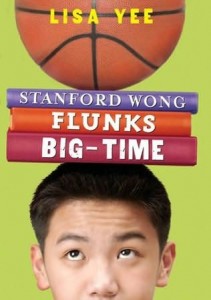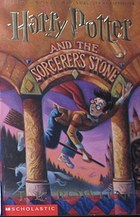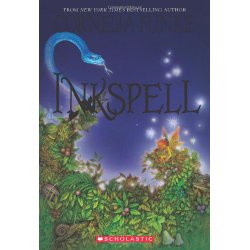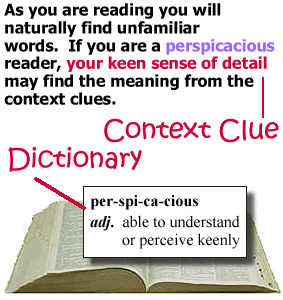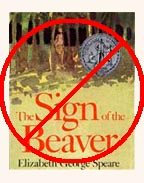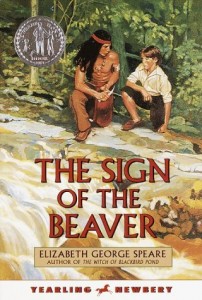 Last year, my biggest challenge was Nick. Oh, Nick. With a lot of pressure, I could get him to read Magic Treehouse books–not that there’s anything wrong with Magic Treehouse books, but Nick, I knew, was capable of so much more. He was the pure definition of a resistant reader. Fake reading. Paging through non-fiction books looking at the pictures. “Losing” books. I was tearing my hair out.
Last year, my biggest challenge was Nick. Oh, Nick. With a lot of pressure, I could get him to read Magic Treehouse books–not that there’s anything wrong with Magic Treehouse books, but Nick, I knew, was capable of so much more. He was the pure definition of a resistant reader. Fake reading. Paging through non-fiction books looking at the pictures. “Losing” books. I was tearing my hair out.
One day, late in April, I set Percy Jackson’s The Lightning Thief on his desk. He moaned (too thick and difficult), but agreed to read one chapter. The next thing I knew he couldn’t stop reading. He read while walking, skipped soccer at recess to read, and read until late at night (his parents told me). He was a convert! By mid summer he’d read the whole series. By the end of the series he was a reader of much more than Percy Jackson books. This fall Nick scored the highest in his class on the MAP tests in reading! One of those moments teachers live for. never, never, but never give up trying to find that perfect book for a student.
